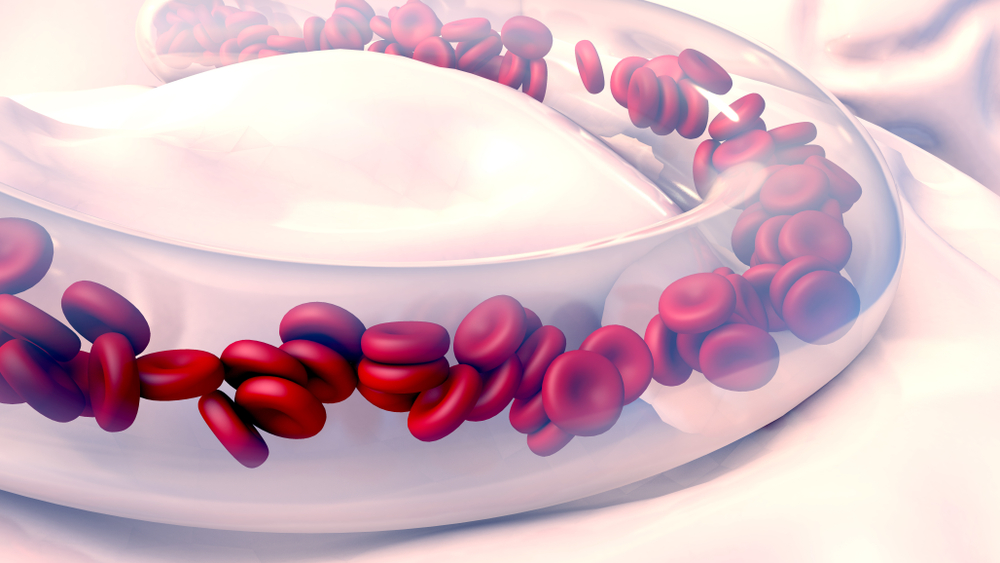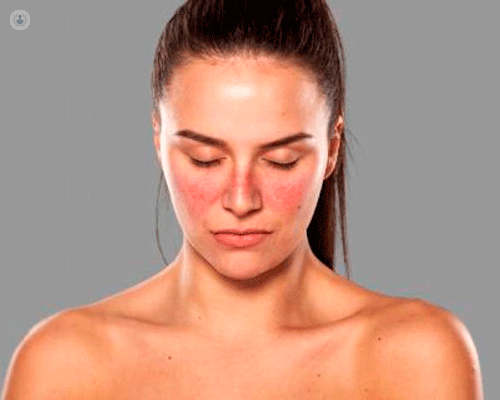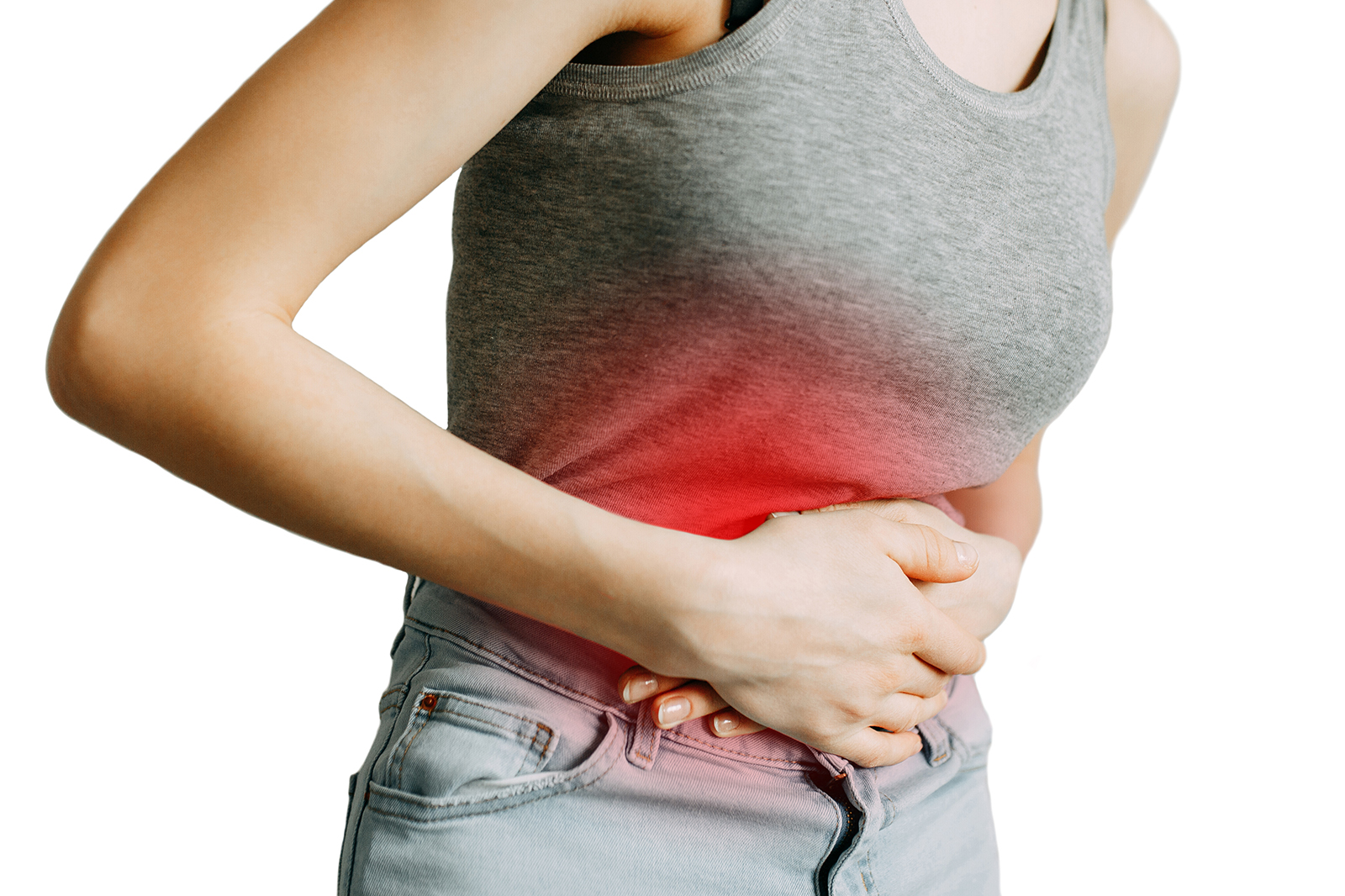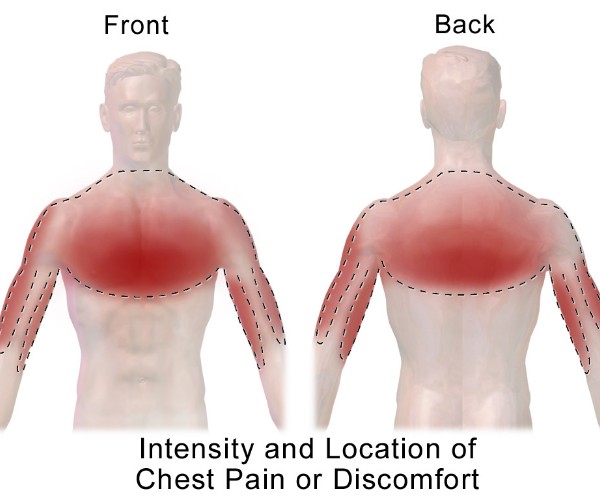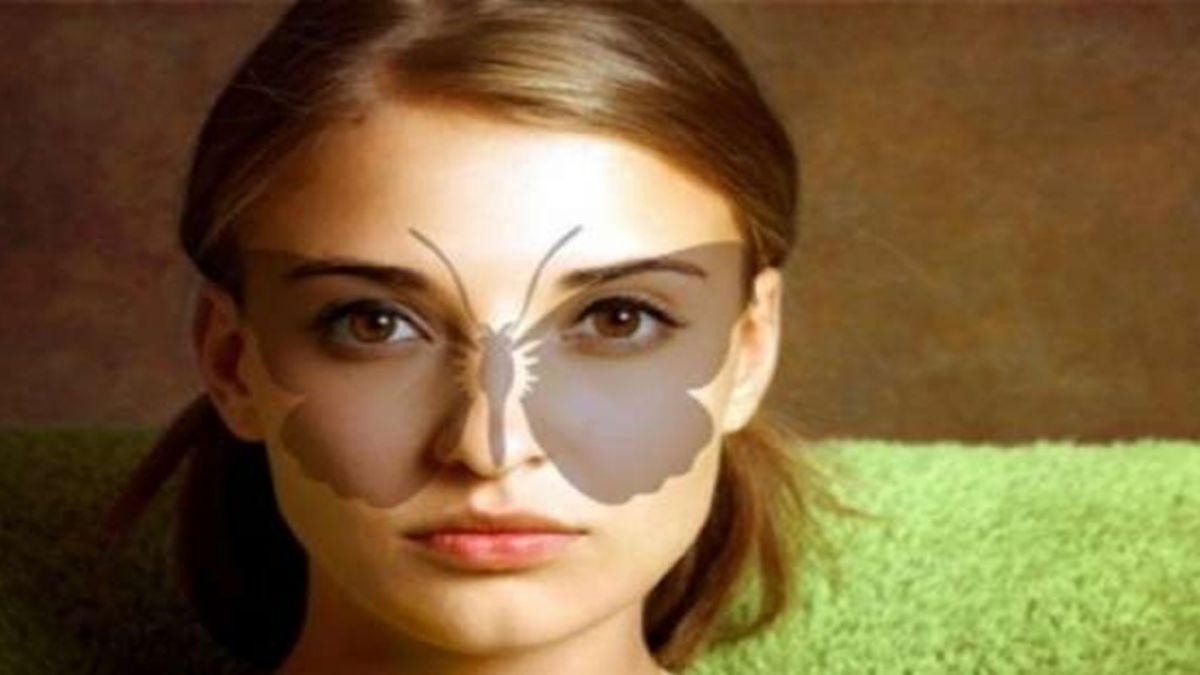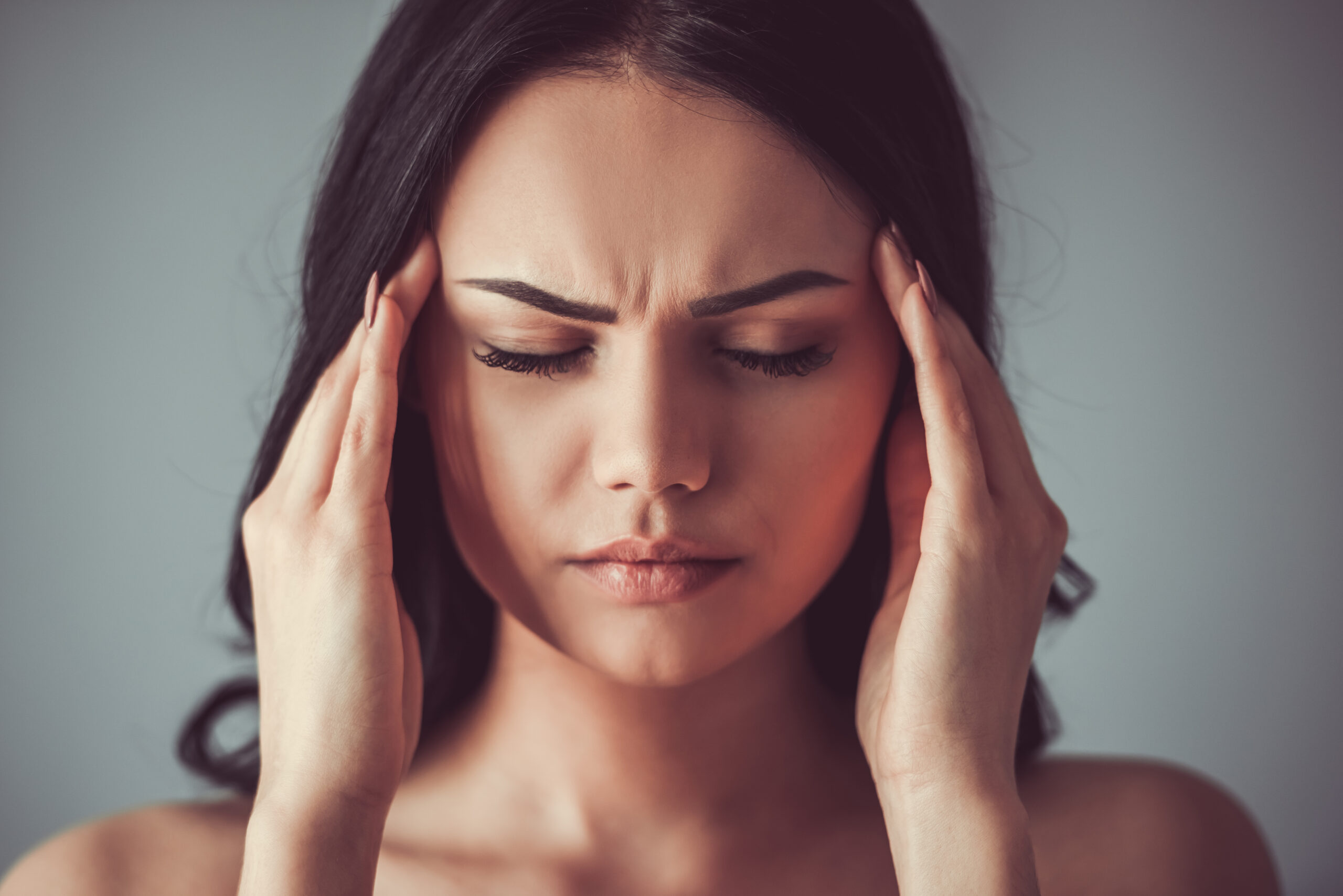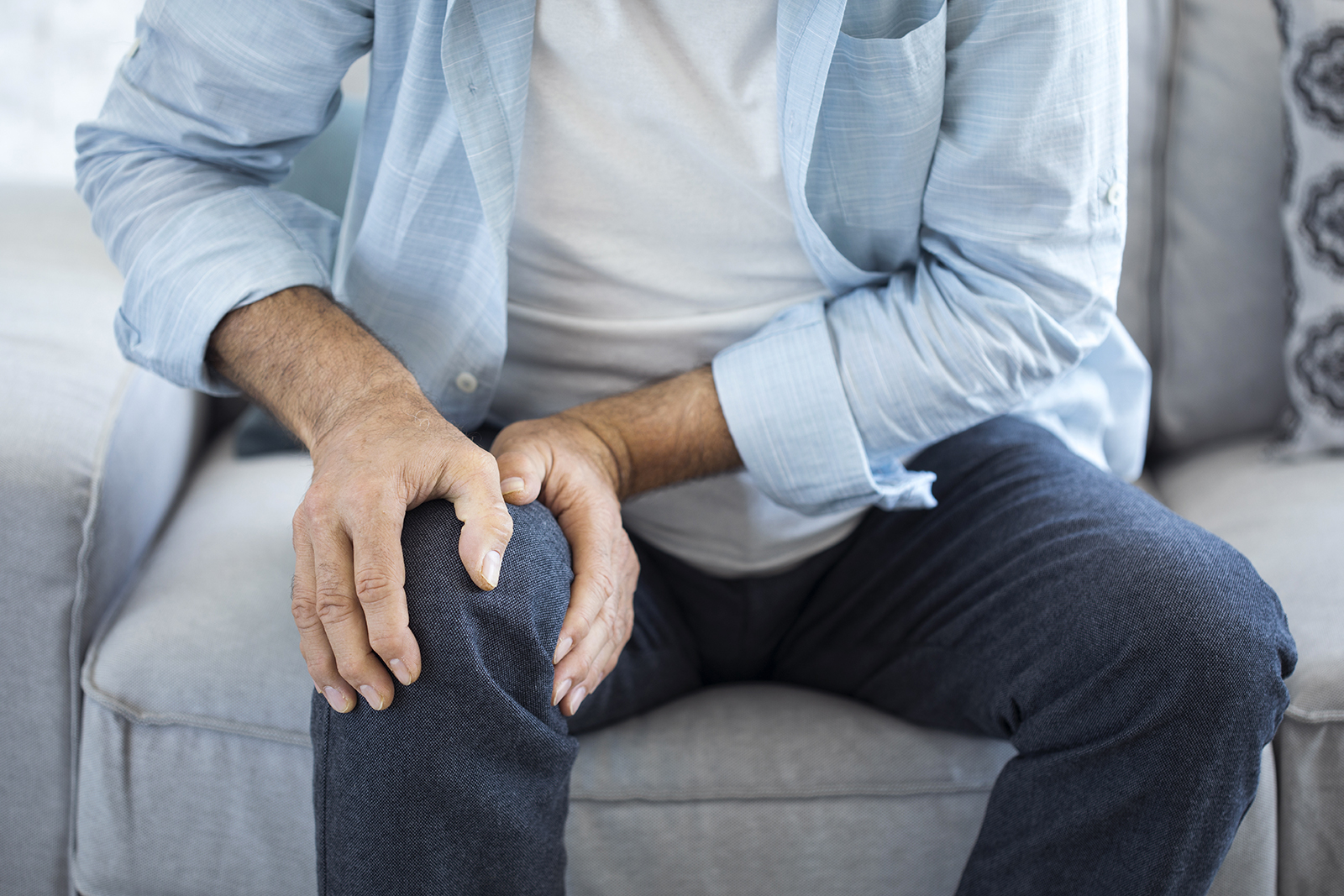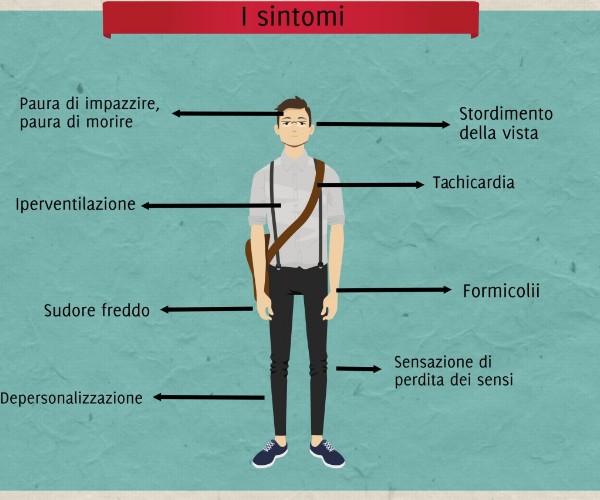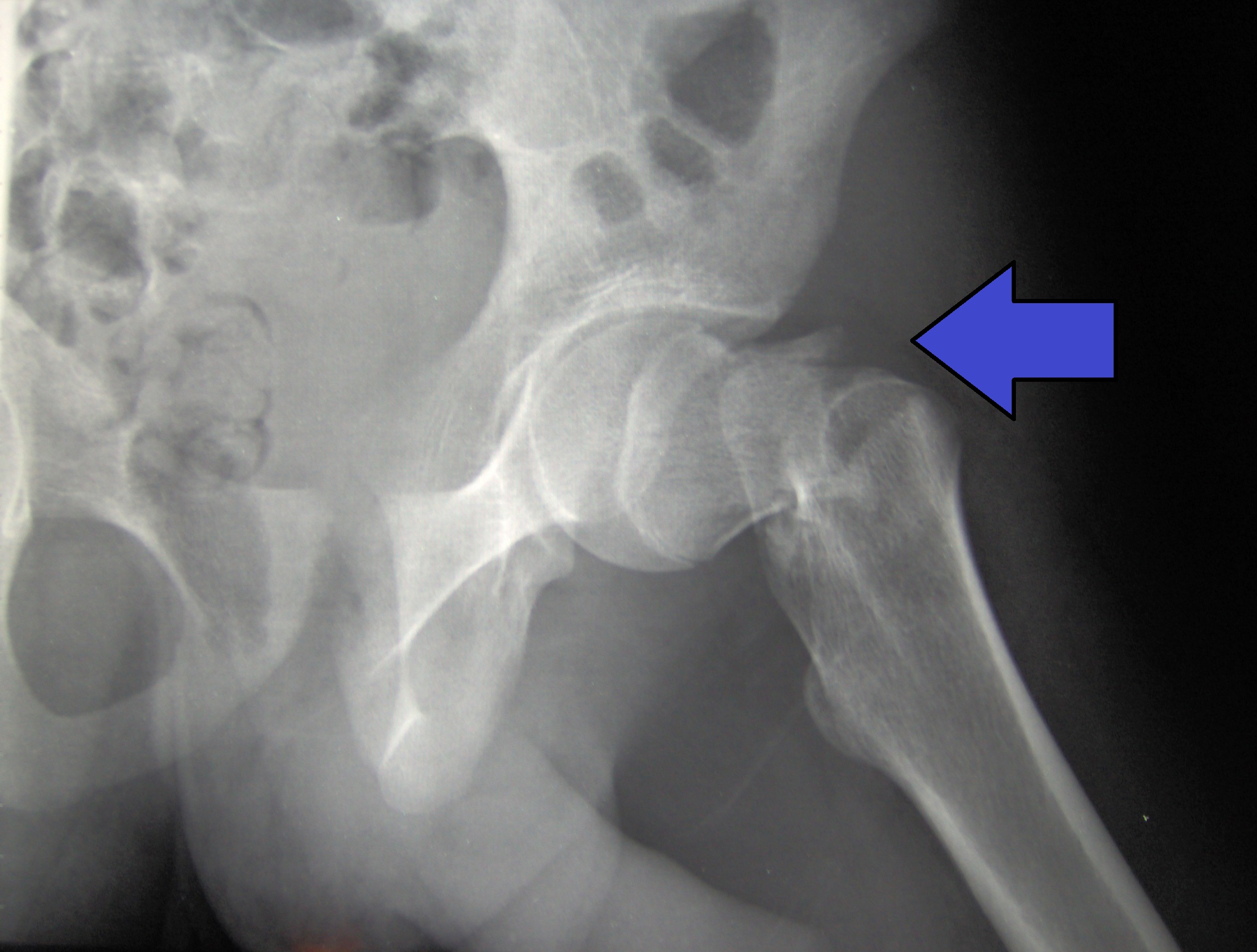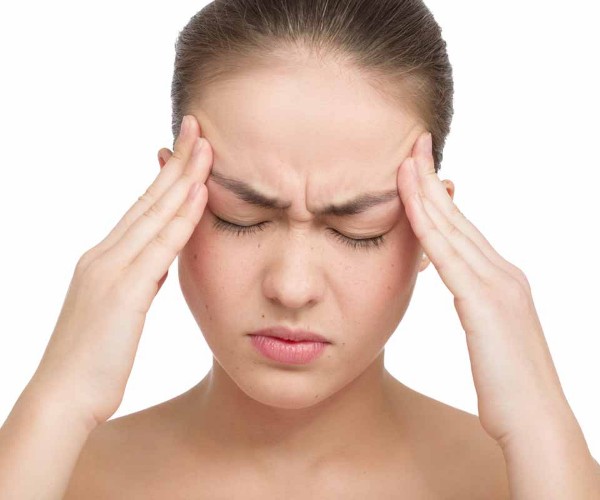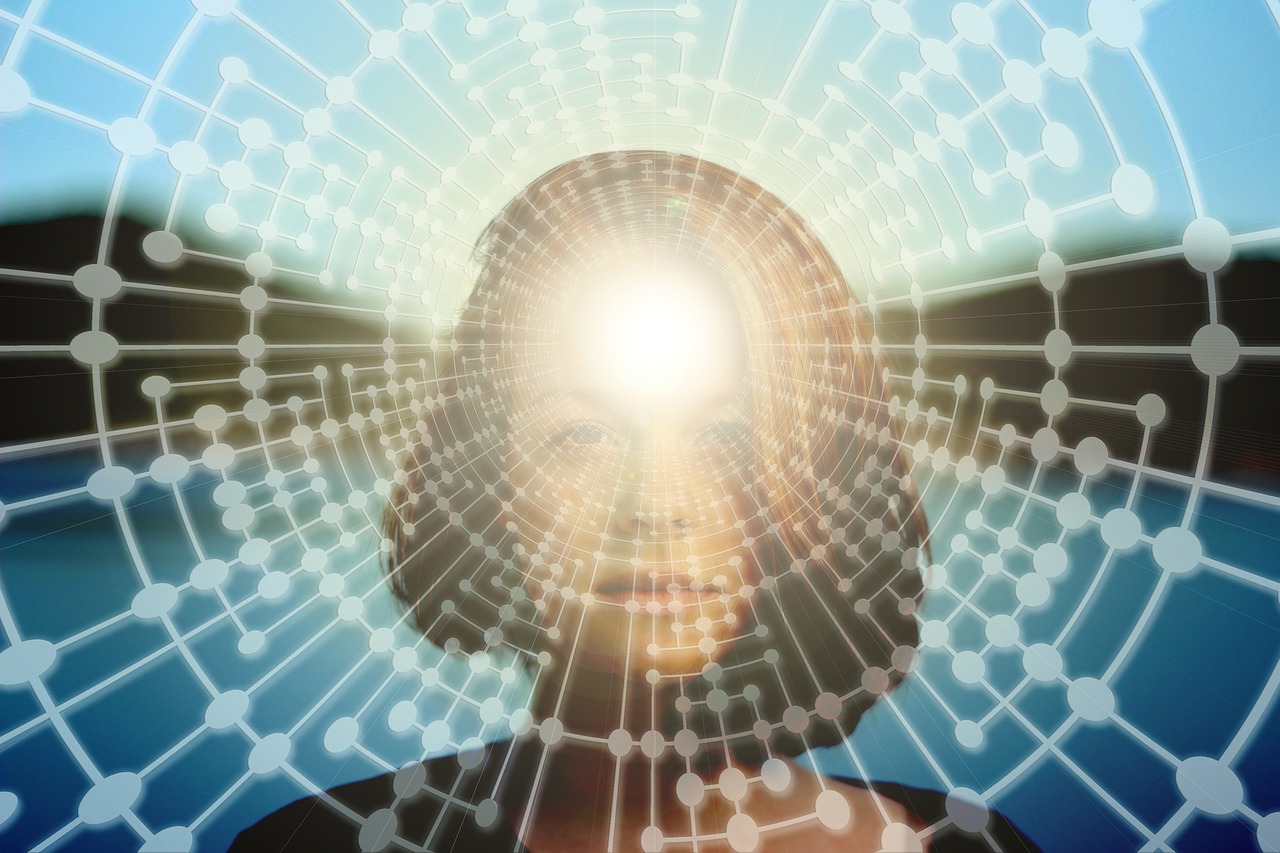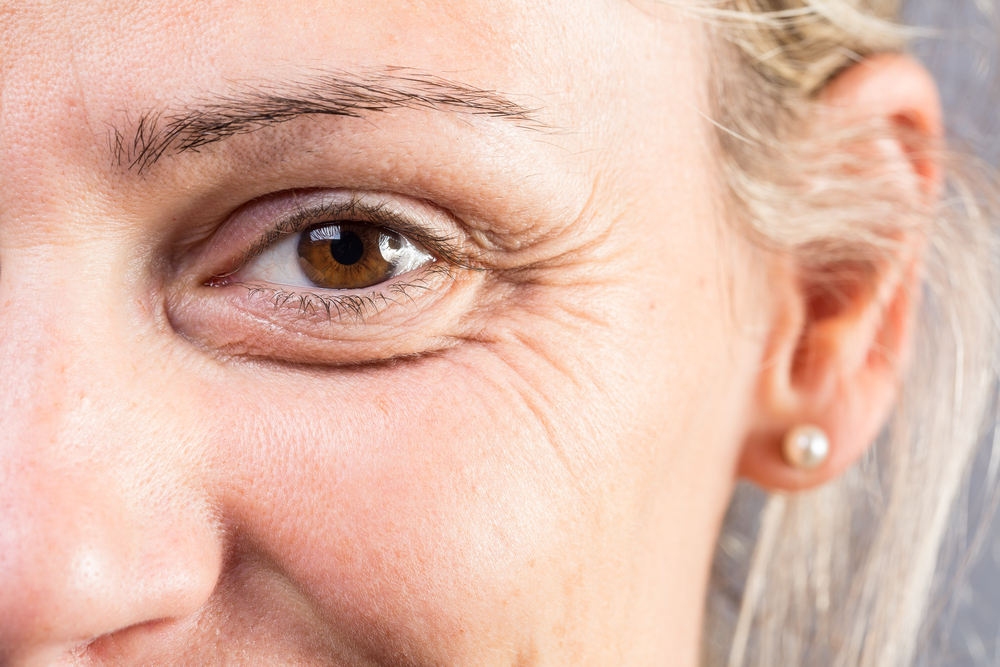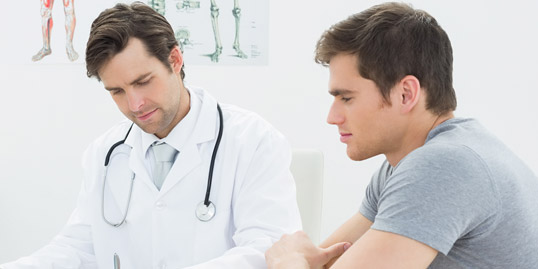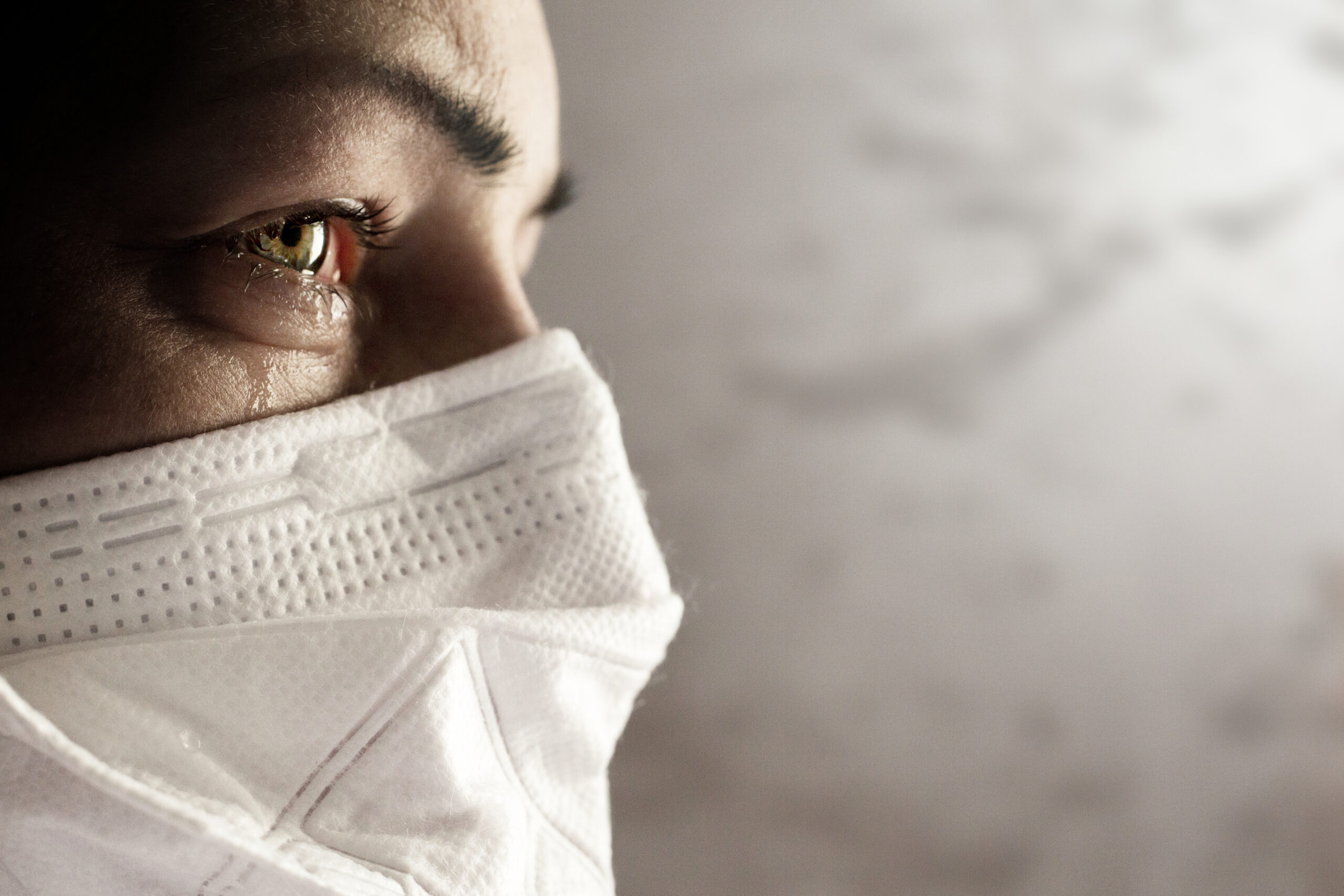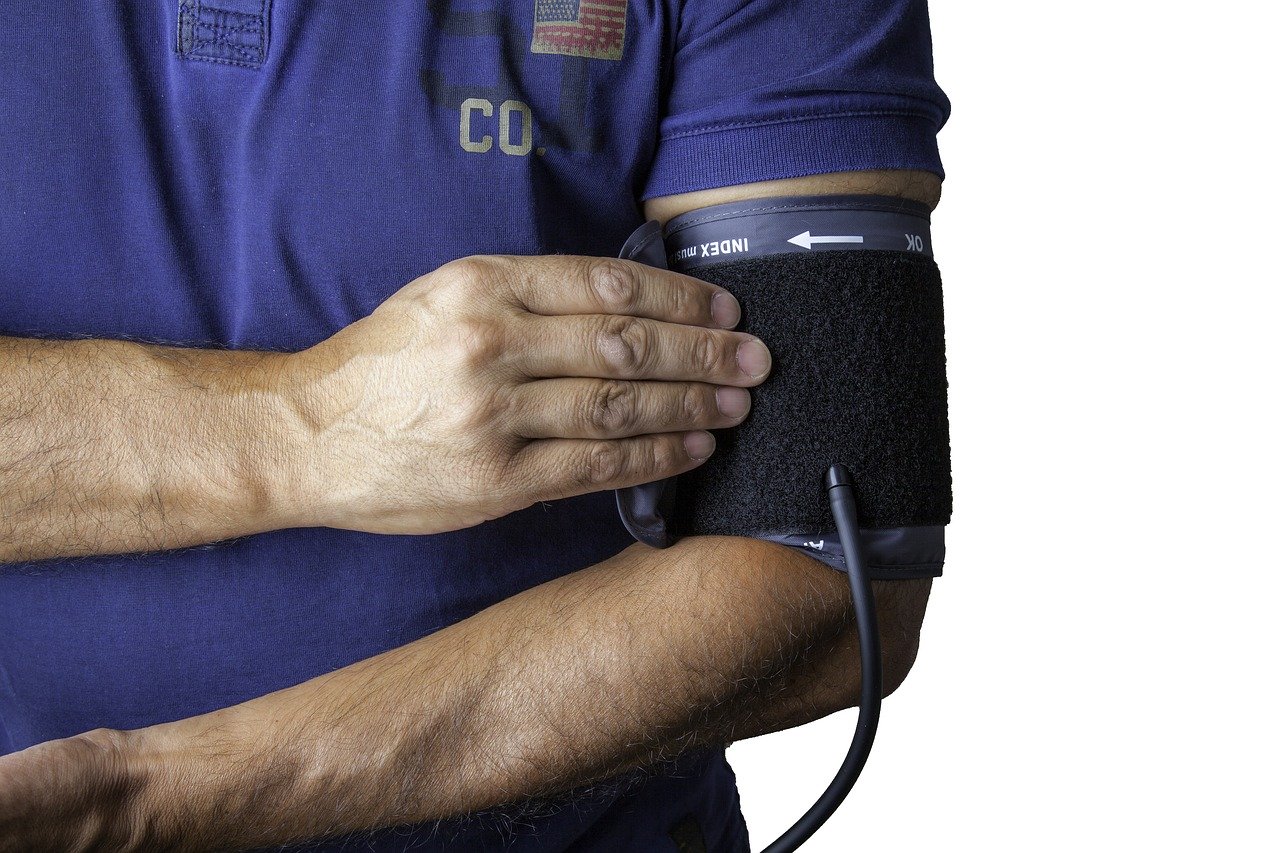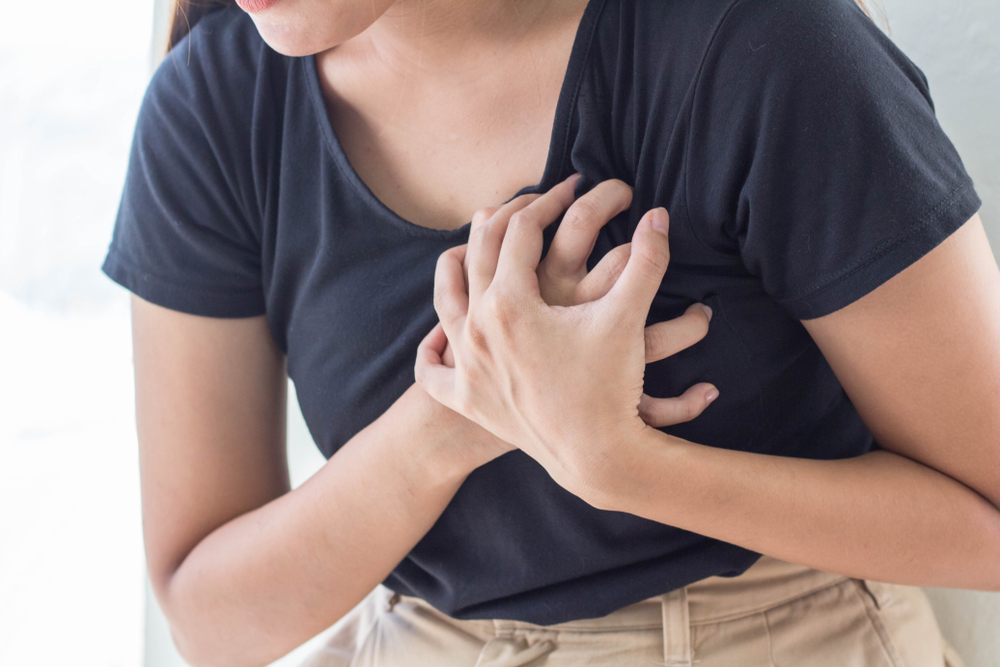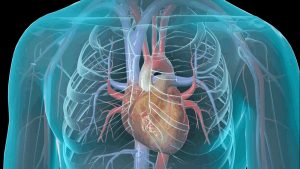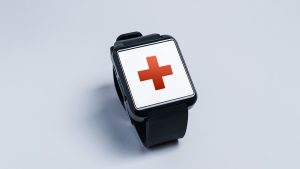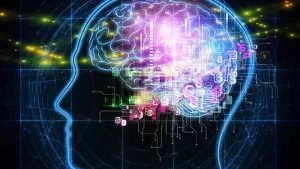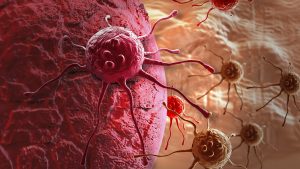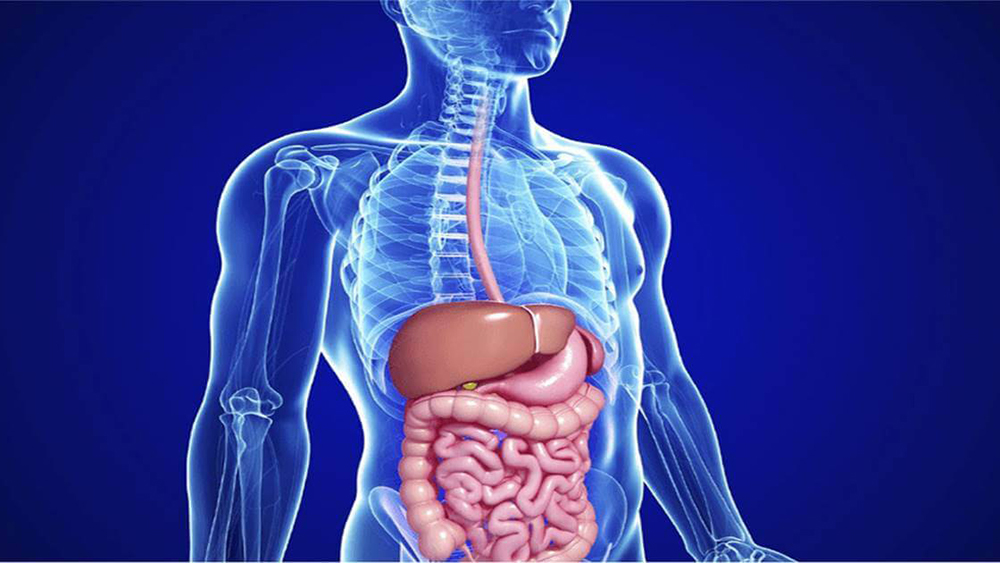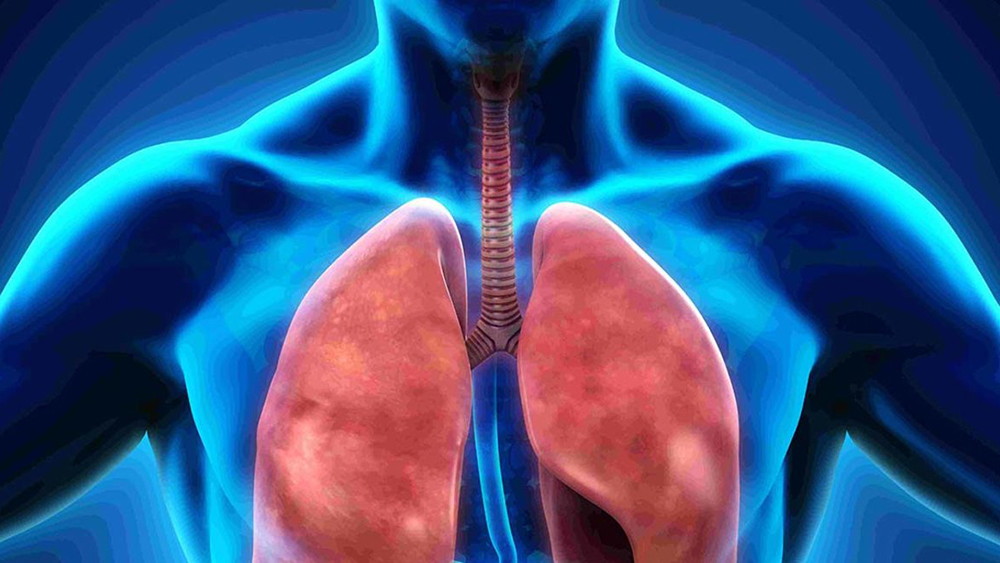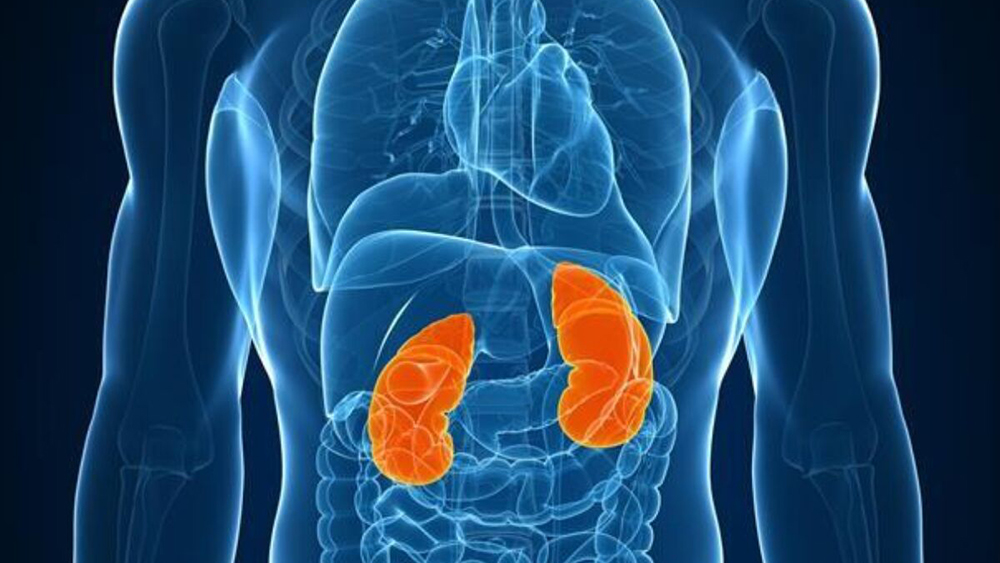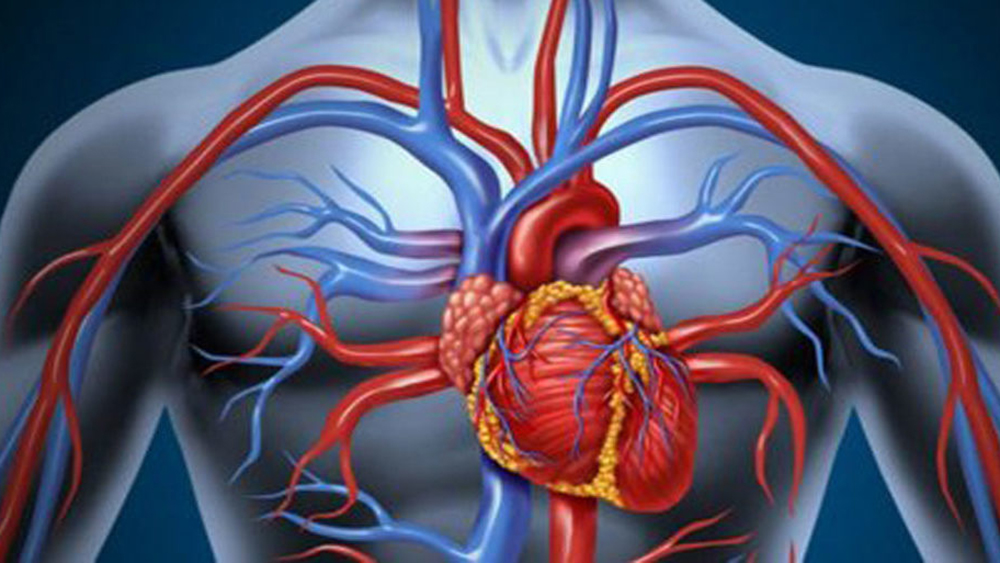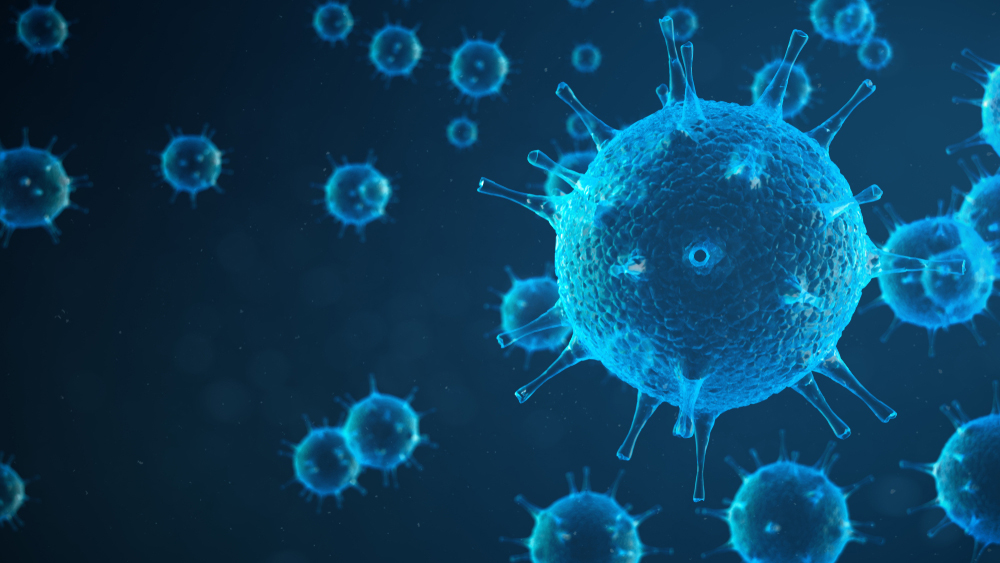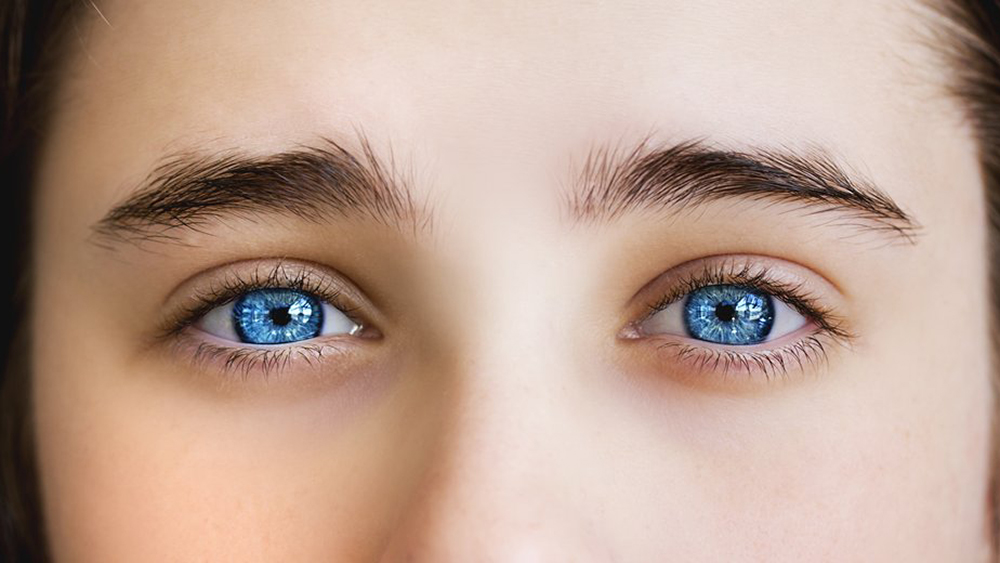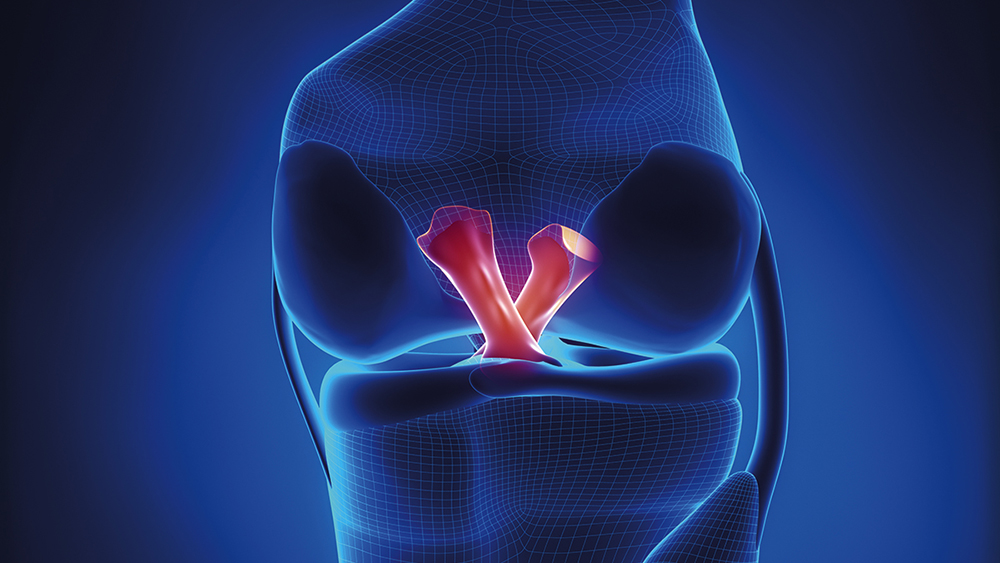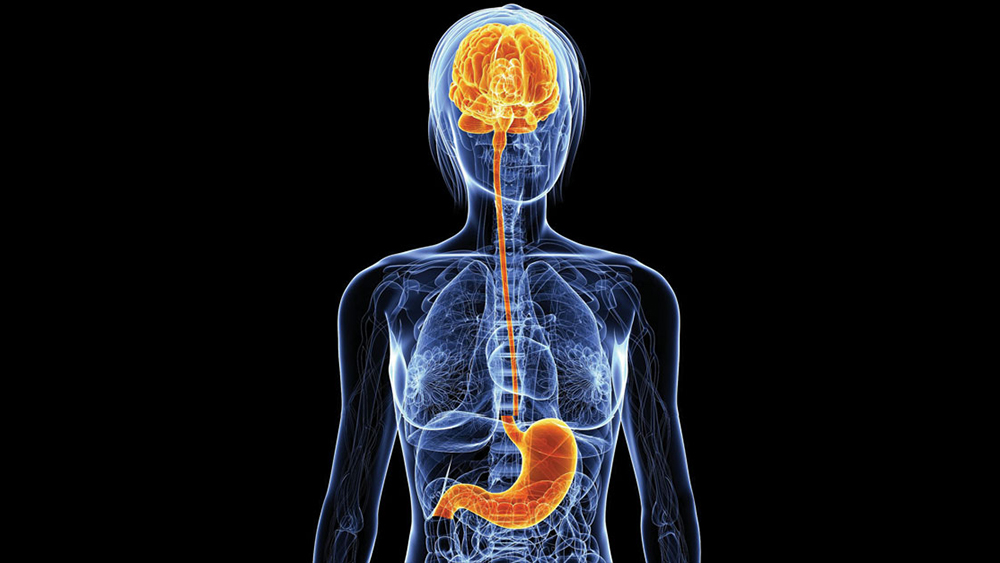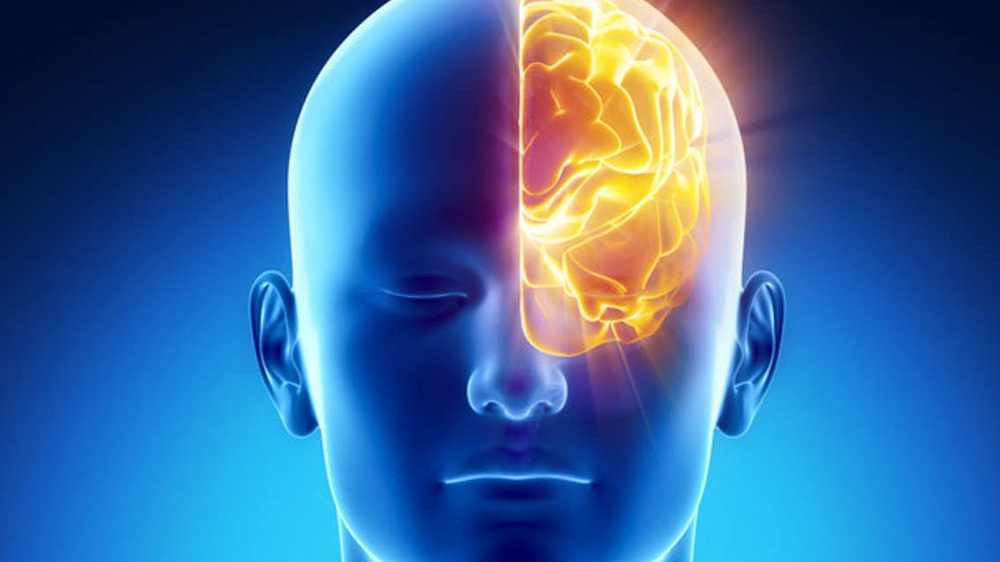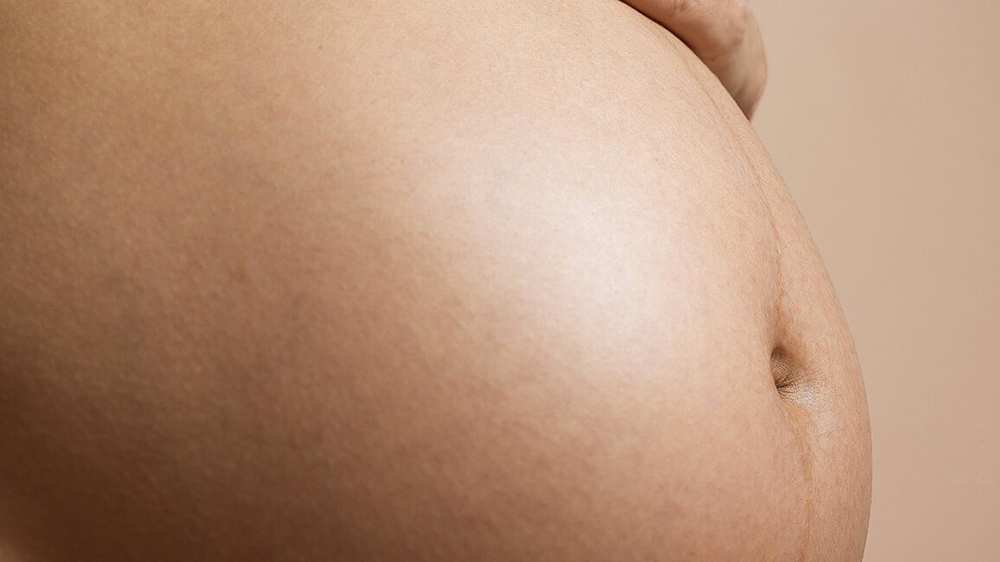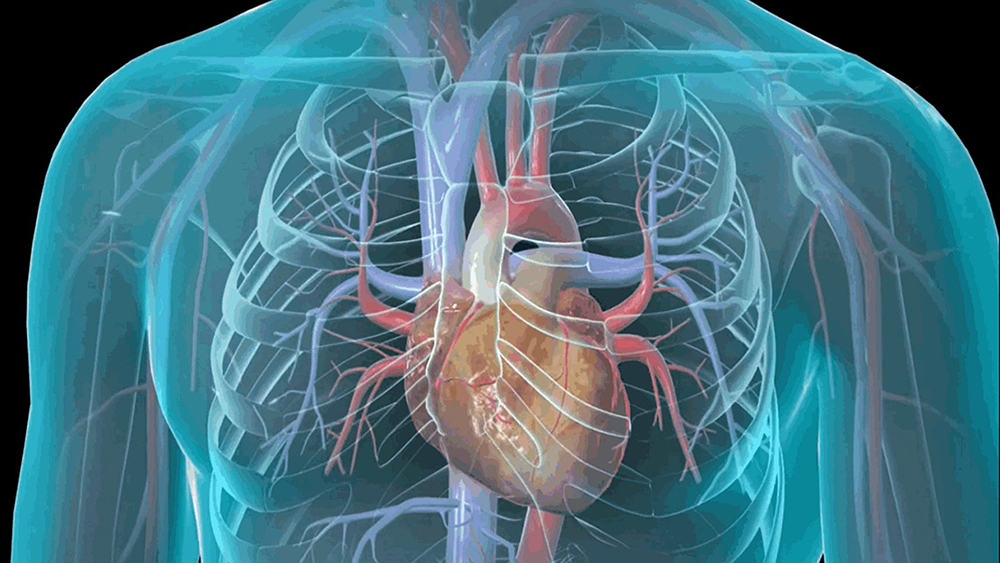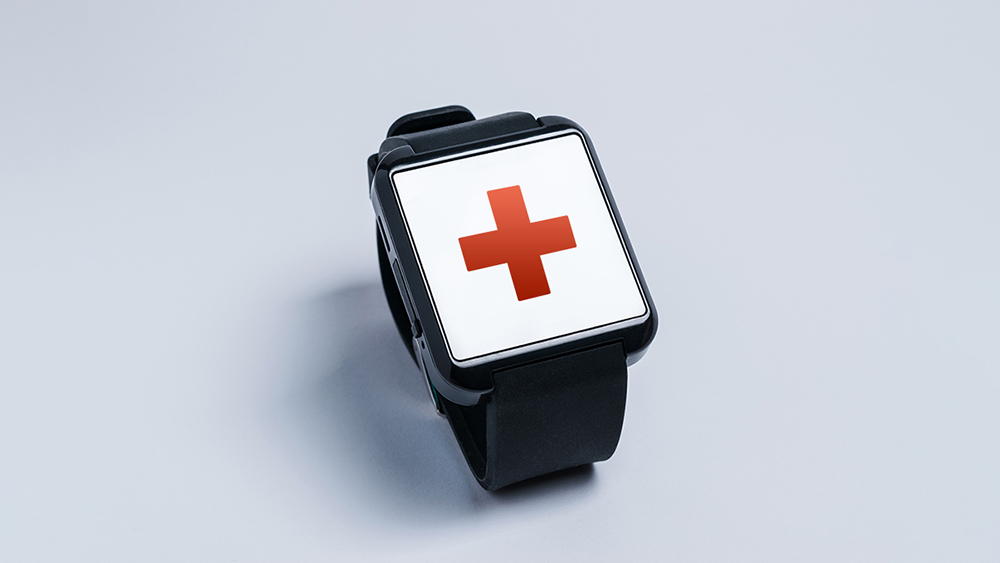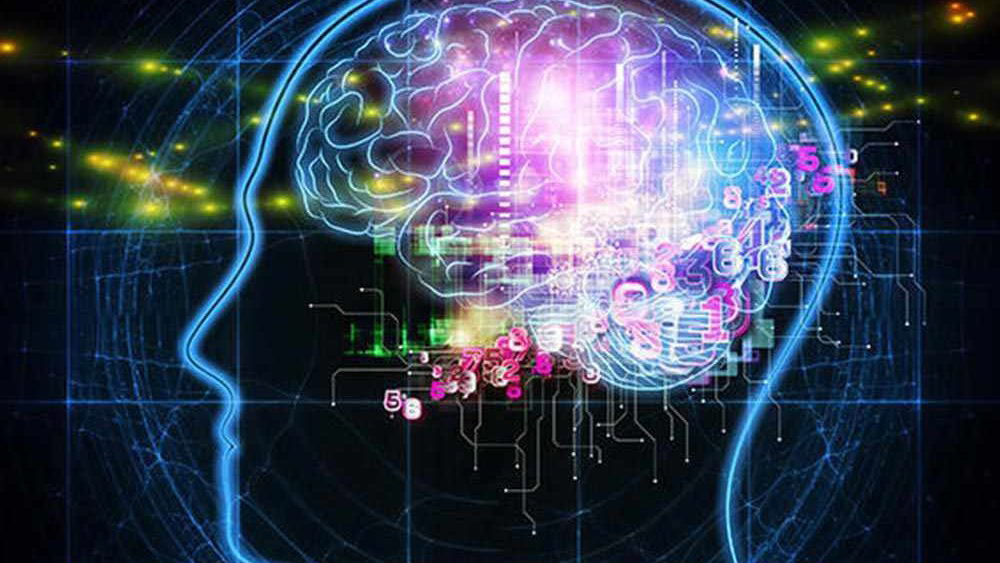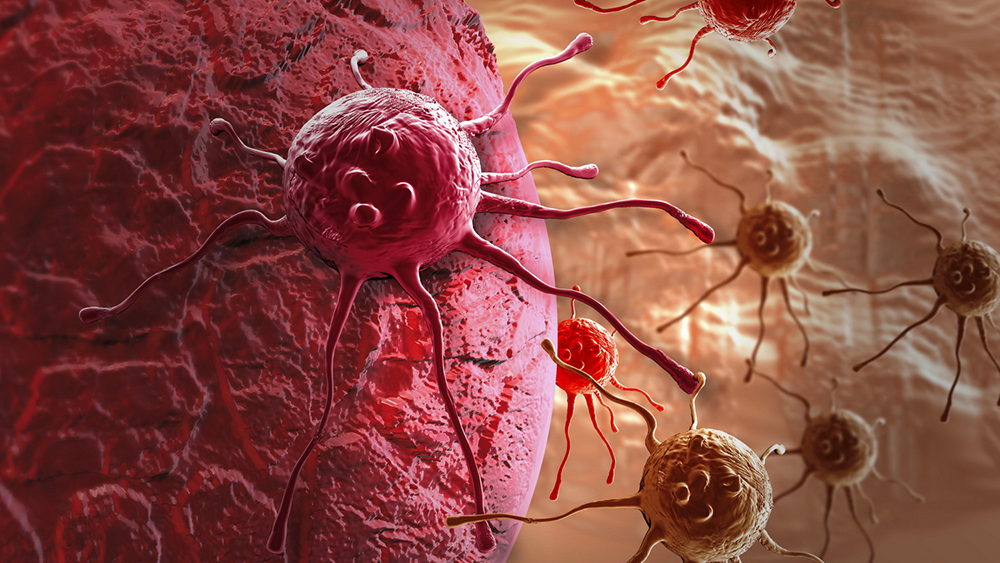Hip disorders are disorders that affect the hip joint, which looks like a kind of ball inserted into a structure that allows the thigh to be able to move in multiple directions and helps the hips to support the weight of the body.
The hip joint is placed inside a capsule that contains a lubricating fluid, which is helpful in making hip movement smooth without friction or hindrance, along with the help of cartilages, hard but elastic substances that are placed at the ends of the joint. Keeping the bone ball from spilling out of its housing are the ligaments.
Hip disorders therefore can affect one or more of these components causing a number of abnormal conditions.
Causes
There are specific causes for hip disorders, such as developmental conditions, injuries, or even chronic conditions or infections.
- Osteoarthritis: when cartilage degenerates it can cause osteoarthritis in the joint. Sometimes the cartilage wears away, shredding into pieces, ending up in the joint and promoting inflammation and painful symptoms, and as the function of cushioning the hip bones is lost, also due to the increased friction, it causes pain.
- Developmental dysplasia: This condition occurs when an infant has a dislocated hip or a hip that dislocates easily. Cause of this phenomenon may be a shallow socket housing of the hip ball, which may promote dislocation by spillage.
- Perthes disease: It is disease that affects bone cells due to reduced blood supply, which goes on to weaken the femur and the entire joint. It affects children aged 3 to 10 years.
- Irritable hip syndrome: irritable hip syndrome can be common in children usually after an upper respiratory tract infection. It can cause hip pain and a limping gait, but that usually regresses spontaneously.
- Soft-tissue pain and referred pain: The pain in this case is called referred pain because this does not come from the hip, but from the surrounding soft tissues, which may be inflamed or have some injury.
- Slipped capital femoral epiphysis: this is a separation of the ball of the hip joint from the femur that occurs that slips to the upper end of bone growth. This condition is observed only in growing children. This is done by fixing pins to stgabilize the joint.
Symptoms
Symptoms of a hip disorder may vary depending on the cause on which they may depend and also on the specific part of the joint where an abnormality may be located, the hip being a complex joint made up of bones, ligaments, cartilage muscles, and fluid-fluid.
Common recurring symptoms of a hip problem include:
- hip pain.
- Limping ambulation.
- Limitation of hip excursion movement.
- Reported pain.
- Leg pain if loaded.
- Stiff muscles.
In cases of arthritis, pain can be felt in the legs even when walking. This may be chronic pain, but it is still advisable to check for previously undetected fractures, from which serious complications could result.
Diagnosis
If one suffers from hip pain, the diagnosis may be made on the basis of an imaging investigation to identify the cause, although already an objective examination, together with a medical maneuver of the hip may foretell the presence of the pathology. If there appear, resistance, popping noises or friction the diagnosis is already oriented and will be completed with the result of radiographic tests.
Imaging tests
The following tests are performed to diagnose hip disorders:
- X-ray examination.
- Ultrasound.
- Bone scintigraphy.
- MR Scan.
These imaging tests give a detailed view of the hip, highlighting fraturre, abnormalities such as swelling or changes.
Bone biopsy
This examination is used to detect abnormalities in the bone and surrounding tissues. By means of a needle, a bone sample is taken that may reveal possible cellular abnormalities in the bone.
Treatment
The most practical and immediate treatment is to use drugs against the inflammation derived from arthritis, which also work against hip pain. These pain medications are often administered to counteract the symptoms of irritable hip and referred pain.
The hip joint, unlike other joints, allows greater freedom of movement in multiple directions, so when a hip fracture is suspected, the treating physician will need to decide on treatment, whether clinical or surgical, based on many factors, including the patient’s age, health condition, whether there are any previous diseases that would make surgery risky, and other issues that may emerge as a result of the diagnostic investigations performed.



